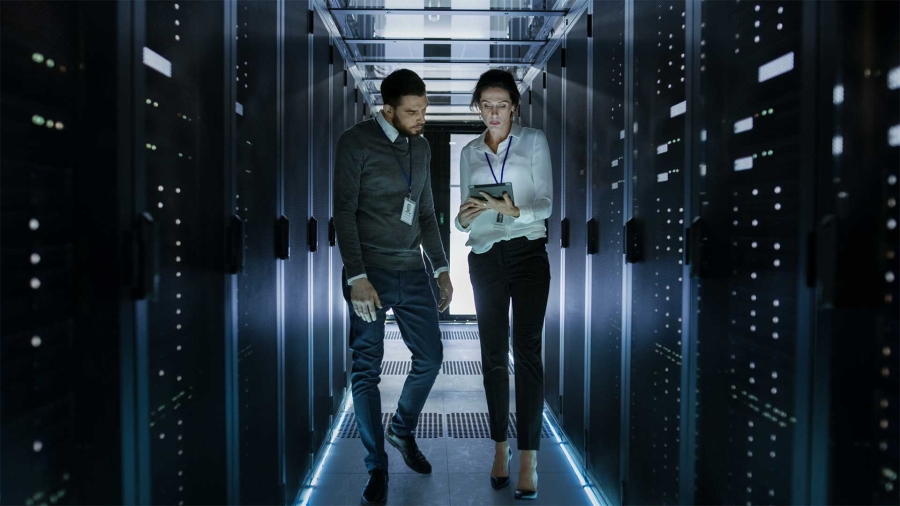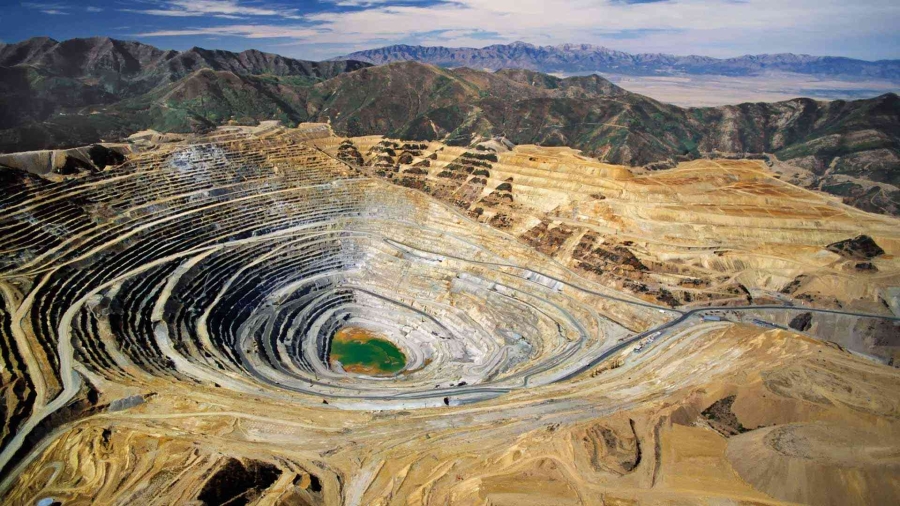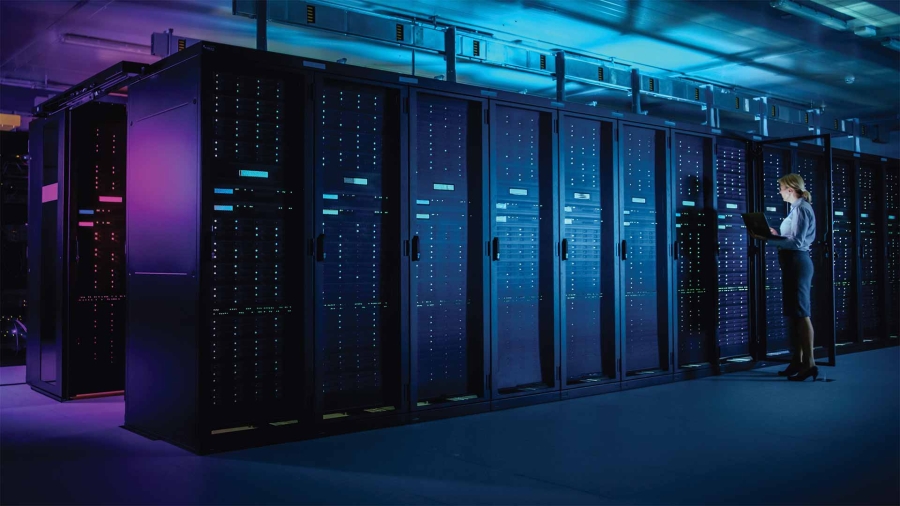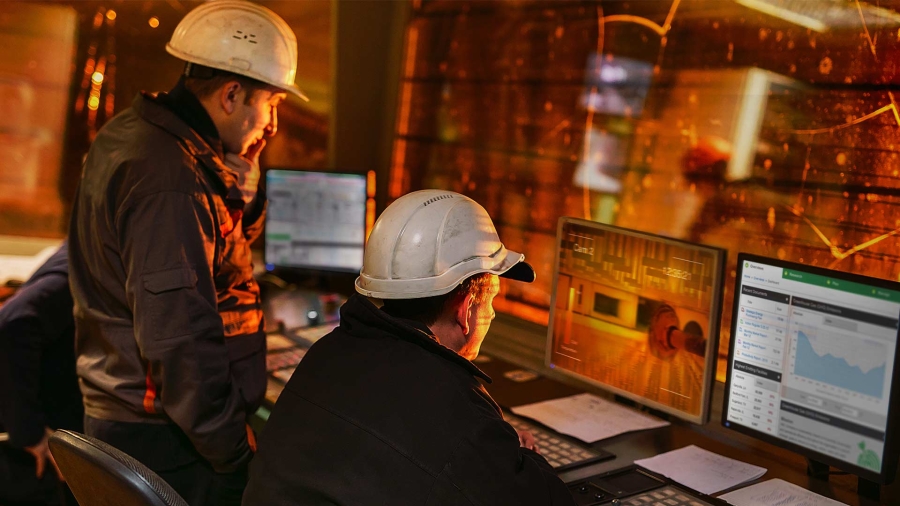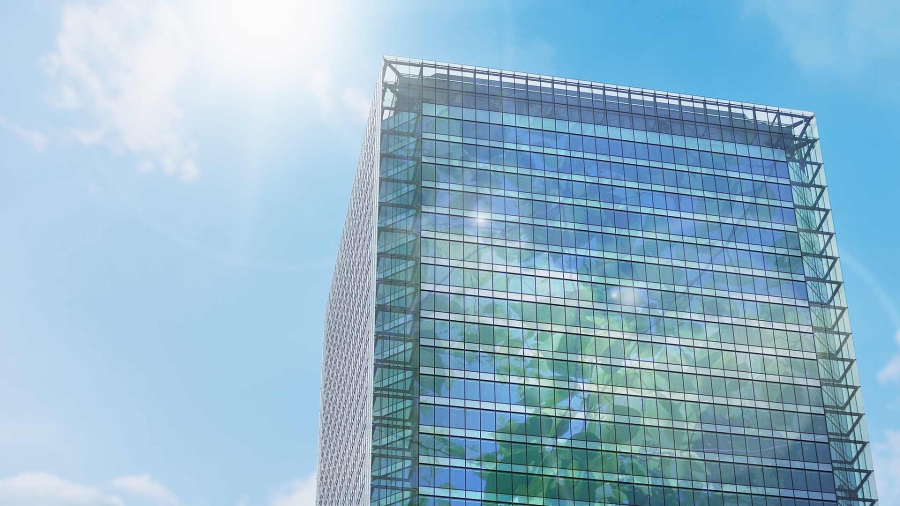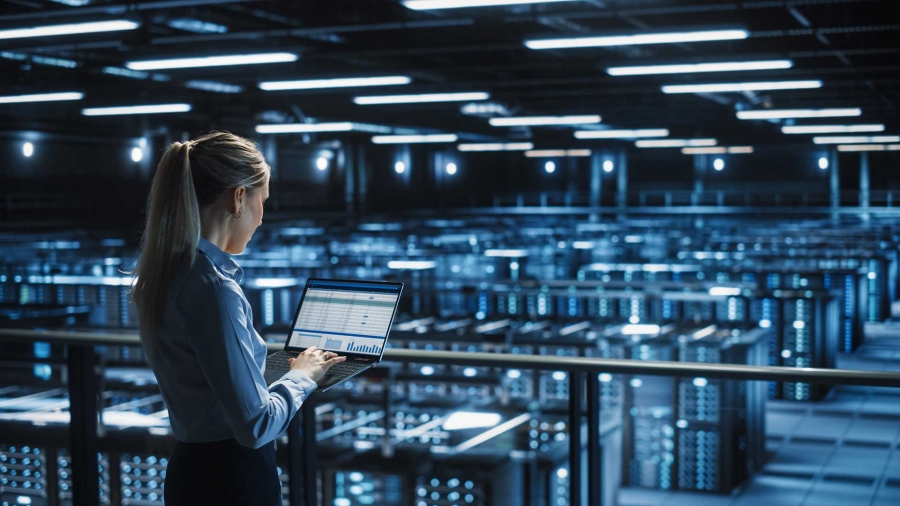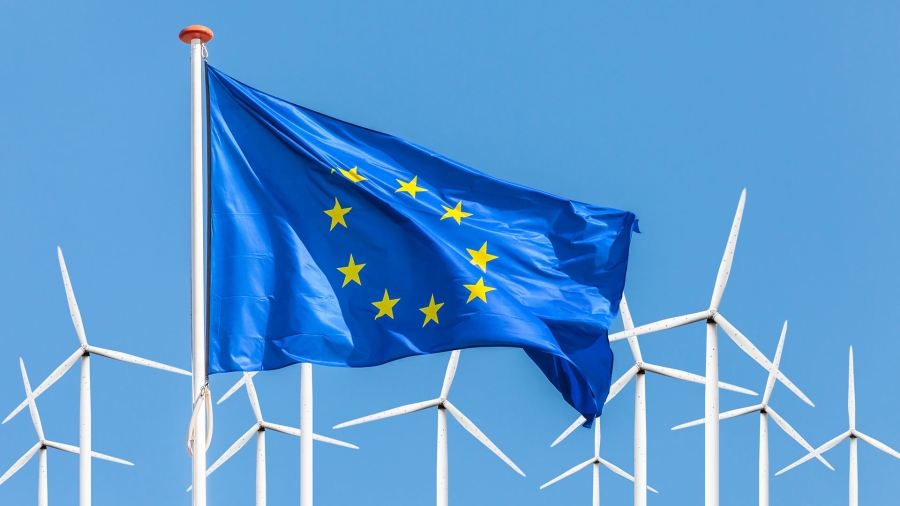I started my career working in the paper mill, in the town where I grew up. One of my first assignments was around process optimization. In this industry, energy is an important element of the production cost so optimizing the process to minimize energy was quite critical. At that time, “sustainability” was not a conversation topic in the business world – at least nowhere near what organizations think of it today. Many leaders back then doubted that sustainability equates to profitability. But it does. So, finding solutions to drive process optimization was my key priority back then and remains a big interest of mine nowadays driven by the desire to contribute to the sustainability journey in process industries.
Technology has come such a long way since I began working with companies on their net zero transitions to reduce their carbon footprint. Current software solutions that reduce waste within the entire product lifestyle and ensure the optimal use of resources, for instance, have been game-changing.
Working with companies today and demonstrating how they could improve their operations by implementing small, step-change solutions with new software integration helps to influence the world, showing what is possible.
The time is now. In 2021, there was a 6% increase in carbon emissions, proving once more how dire the situation is. If we want to achieve net zero, we need to accelerate. If we stay the course, we’re not going to maintain a global temperature increase of only 1.5 degrees Celsius. It will go beyond that.
According to the World Research Institute, the global temperature has already risen 1.1 degrees Celsius. This has led to an increase of floods, hurricanes, and other natural disasters. Factor in the most recent data from the IPCC report 2022, and we’re looking at hitting the 1.5-degree mark by 2040. Regardless of industry, the solutions to combat this target grow exponentially as machine learning and software-centric approaches improve. Every year, Schneider introduces supporting solutions like electrification, and technologies for new energy methods (say, biofuels or carbon capture).
One solution that particularly stands out to me is the greenhouse gas protocol and how it’s used to calculate Scope 1, 2, and 3 emissions across an organization.
How to begin your net zero transition
An organization’s journey toward net zero will vary, but there are overarching must-haves to succeed in the future. Some of the necessary steps include:
· Electrifying operations
· Reducing energy use
· Replacing energy solutions
· Engaging the value chain
Schneider is focused on our net zero goals because we never give up. You can see our ideologies across old and new Schneider buildings that utilize Electricity 4.0 to obtain net zero. For instance, our new building (IntenCity) in France is 100% electric and energy autonomous and was designed digitally. Our goal this year is a 440-million-ton carbon reduction with a target for 2025 of 800 million – all while increasing profits.
The plans we execute at our factories and buildings to reduce carbon emissions are the same solutions we deploy with our customers. One more recent example that sticks out to me is process electrification, one Brazilian energies and chemicals company used on a floating production storage and offloading (FPSO) unit. Through electrification, it reduced 100k metric tons of carbon dioxide per year.
Beginning a net zero transition is easier than it seems – start by assessing your current operations and identify the measurable, energy targets for your business. Essentially, take these three steps:
1. Strategize – After assessing science-based targets, develop a climate strategy with customers. This includes creating a decarbonization roadmap and measuring the organization’s baseline.
2. Digitize – With goals in place, digitize operations to actively measure and identify energy-saving opportunities. Resource usage and emissions are monitored, and benchmarks are reported.
3. Decarbonize – Using the reports from captured sustainability data, replace energy sources, reduce energy consumption, and engage the value chain all while electrifying everything.
The net-zero transition has begun
Over the last couple of years, I’ve seen a drastic shift in energy and chemical companies to allocate their CapEx investment towards green energy, towards decarbonizing. Portfolios for these major organizations are changing.
The net-zero energy transition “moment” is now. Sustainability is a business imperative for – thanks to benchmark technology advancements – strong ROI and profitability. Start your journey towards net zero by exploring opportunities that fit your business objectives.




